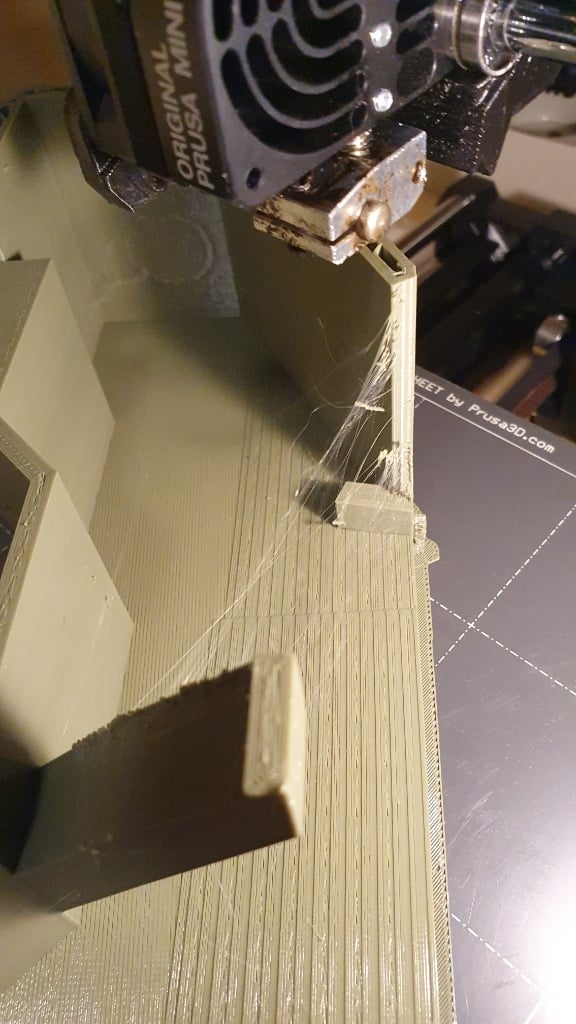Also romanticised in the famous novel The Neverending Story.
PlutoniumAcid
What a stupid question. Just go visit it??
That sounds awfully complicated for home use.
Zero trust, but you have to use Amazon AWS, Cloudflare, and make your own Telegram bot? And have the domain itself managed by Cloudflare.
Sounds like a lot of trust right there... Would love to be proven wrong.
Written like a true neckbeard, dripping with contempt, even going out of his way to deliberately type MS wrong. This is why normal people people don't like Linux - for all the righteous idiots.
Now brace for the response...
MS Office exists for Mac, you know?
Barbarian planets are called meteors.
You should worry about your writing skills. Try some punctuation, for starters.
Servus! Thank you for the good work!
I haven't had a session yet and it's not likely to be in the near future, but I've bookmarked this and will most likely try THIS over Hero Kids at the next opportunity. Then I will hunt down this comment and give you an update.
Yup. They burn heavy bunker fuel - the sludge that is too bad to be used for anything else.
Considering the amount of shipping, it's horrendous.
But - and there's always another view - I don't know how much energy you'd need to use to haul that much cargo by other means like rail and trucks. One container ship carries as much as a thousand trains could carry. Vessels are really, really large, which make them quite effective.




Yeah, so if I don't see it coming, I'm not scared.